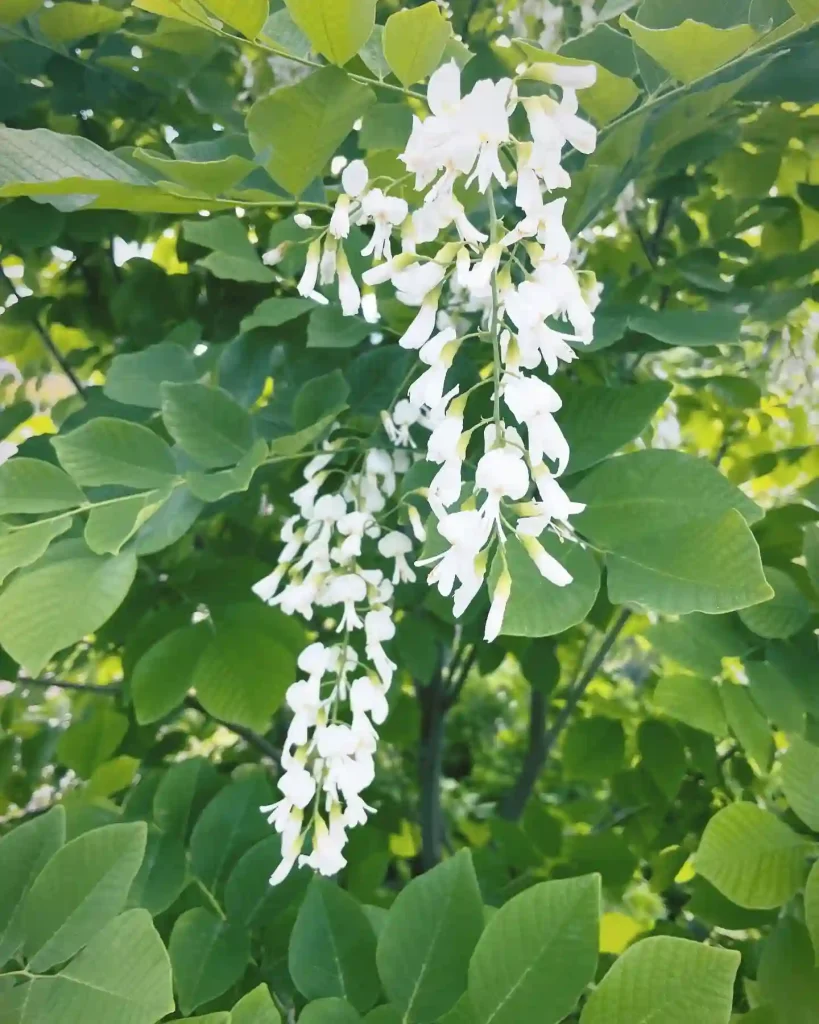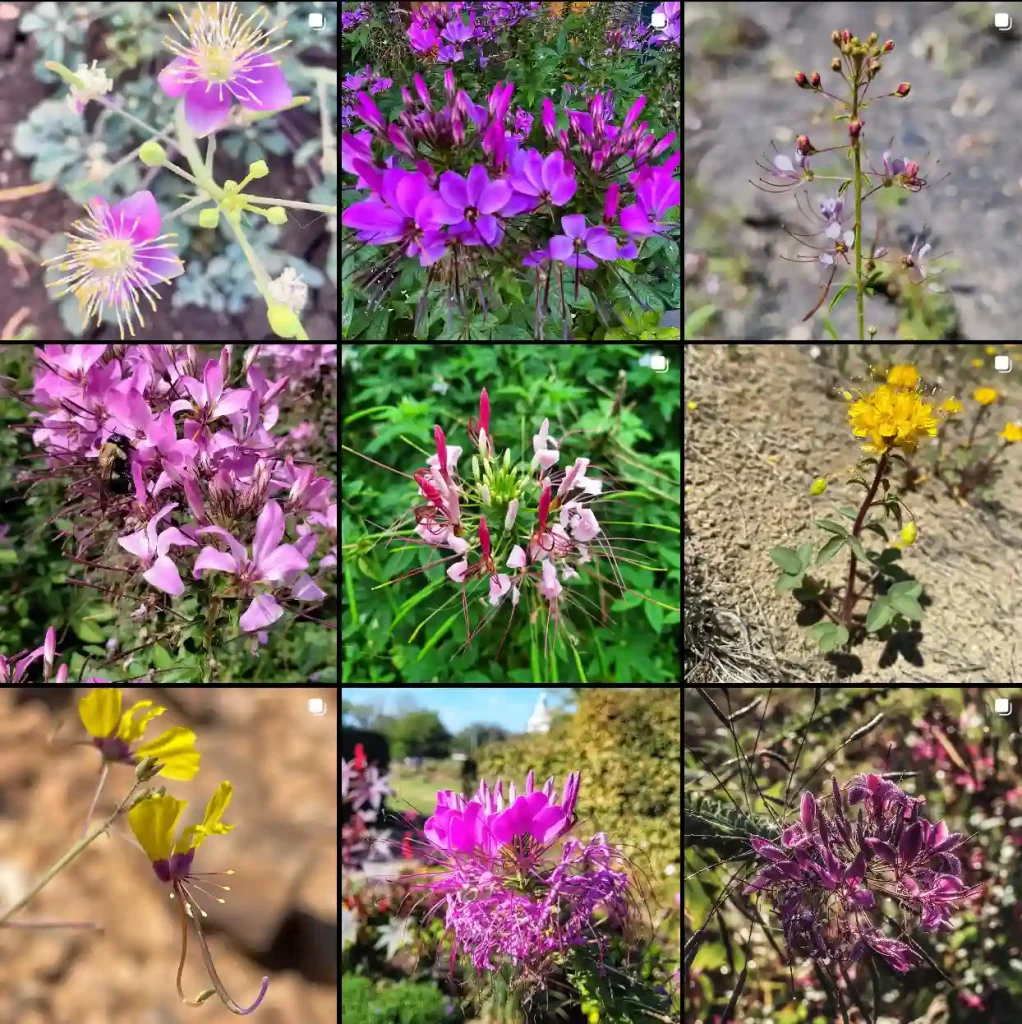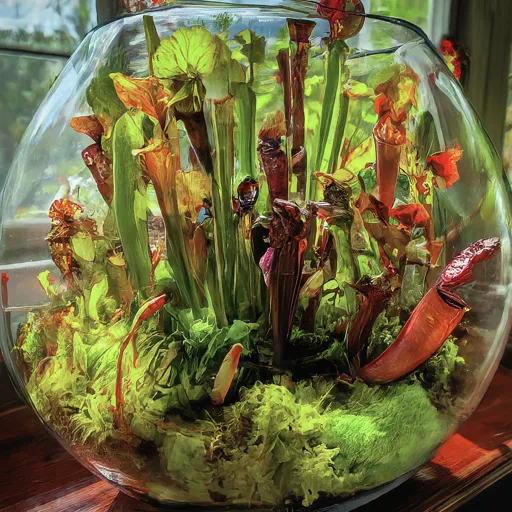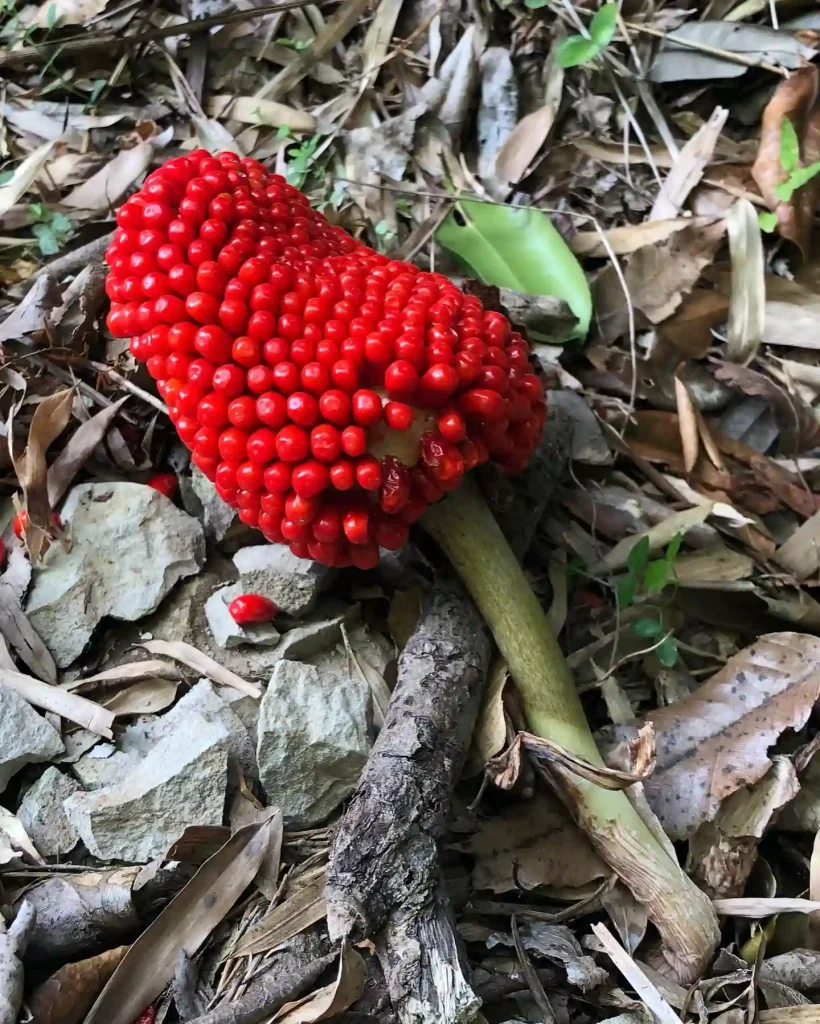Head Over Heels Hibiscus: A Gardener’s Guide
I’m Ferb Vu, and I’ve been a plant enthusiast for years. The Head Over Heels Hibiscus has become a favorite for its stunning blooms and low-maintenance care. Let’s delve into what makes this beauty a must-have for your garden.
439 Species in Genus Hibiscus
How to care for Head Over Heels Hibiscus?
Sunshine and Light Watering
The Head Over Heels Hibiscus thrives in full sun, needing at least six hours of direct sunlight daily. This tropical native loves warmth, so pick a sunny spot in your garden.
When it comes to watering, think “moderate” but consistent. Aim for moist, well-drained soil. Hibiscuses dislike soggy roots, so ensure good drainage. A simple finger test works wonders: stick your finger a couple of inches into the soil. If it feels dry, it’s watering time.
Soil: Where Dreams Take Root
These hibiscuses prefer rich, slightly acidic soil. Amending your existing soil with peat moss and compost or aged manure is a great way to achieve this. This creates the perfect environment for the hibiscus’s robust root system to flourish.
Winter Care: A Time for Rest
Head Over Heels Hibiscus is a perennial in USDA hardiness zones 6-10. In colder climates, the plant goes dormant in winter. Don’t worry, it’s not dead! Prune the stems back to a few inches above the ground in late winter or early spring. Come spring, new growth will emerge, ready to put on a flowering show.
Fertilizer: Food for the Blooms
While these hibiscuses are relatively low-maintenance, a balanced, water-soluble fertilizer applied every six weeks during the growing season gives them an extra boost. This encourages vibrant blooms and healthy foliage.
Common Questions: Addressing Your Concerns
Here, I’ll answer some of the most frequent questions about the Head Over Heels Hibiscus:
How big does it get?
These compact beauties mature to a height and width of 2-3 feet, making them ideal for smaller gardens or containers.
What colors does it come in?
The “Passion” variety boasts large, hot pink blooms with striking red eyes. The “Adore” variety offers a stunning display of large, white flowers with deep red centers.
Does it attract pollinators?
Absolutely! Butterflies and other pollinators are drawn to the vibrant blooms, adding a touch of life to your garden.
Is it deer and rabbit resistant?
Yes! The foliage of the Head Over Heels Hibiscus is unappetizing to deer and rabbits, making it a worry-free choice for your garden.
Head Over Heels Hibiscus vs. Rose of Sharon: A Side-by-Side Look
Both the Head Over Heels Hibiscus and the Rose of Sharon (Hibiscus Syriacus) are popular flowering shrubs. Here’s a quick comparison:
| Feature | Head Over Heels Hibiscus | Rose of Sharon |
|---|---|---|
| Flower type | Large, single blooms | Smaller, single or double blooms |
| Bloom time | Summer and early fall | Mid to late summer |
| Hardiness zones | 6-10 | 3-8 |
| Growth habit | Compact, bushy | Taller, more upright |
| Deer and rabbit resistant | Yes | Yes |
The Head Over Heels Hibiscus offers a longer bloom time and a more compact form, making it ideal for smaller spaces. The Rose of Sharon is a touch hardier in colder climates and has a slightly longer bloom period in late summer. Ultimately, the choice depends on your specific needs and garden layout.
Conclusion: Why You Need a Head Over Heels Hibiscus
The Head Over Heels Hibiscus is a low-maintenance stunner that brings vibrant color and life to your garden. With its easy care requirements, beautiful blooms, and compact size, it’s a perfect choice for gardeners of all levels. So why not add a touch of tropical flair to your garden with this captivating hibiscus?
If i die, water my plants!



